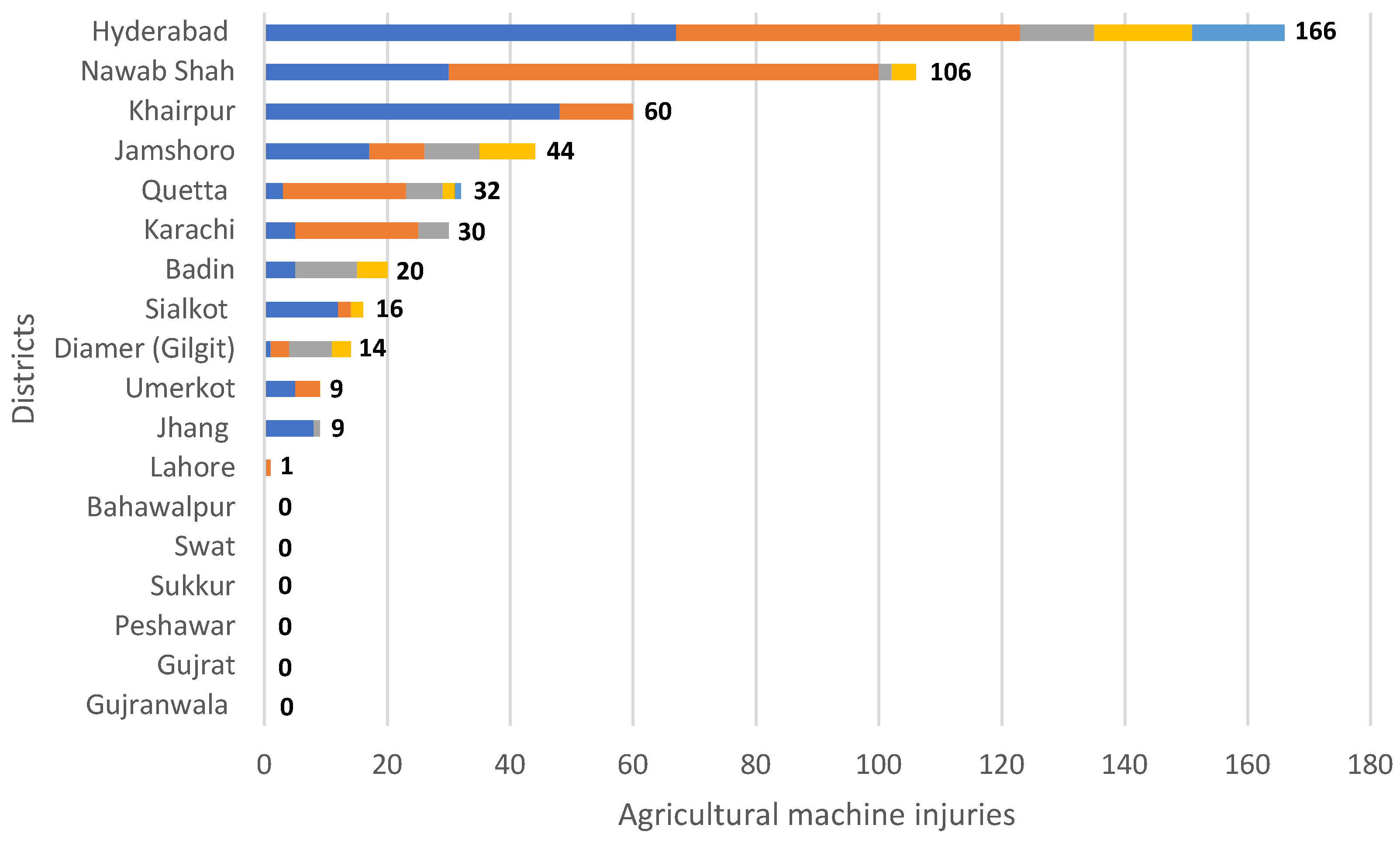2024-10-30 ハーバード大学
<関連情報>
- https://seas.harvard.edu/news/2024/10/new-methods-whale-tracking-and-rendezvous-using-autonomous-robots
- https://www.science.org/doi/10.1126/scirobotics.adn7299
自律型センシングロボットによる鯨ランデブーのための強化学習ベースのフレームワーク Reinforcement learning–based framework for whale rendezvous via autonomous sensing robots
Ninad Jadhav, Sushmita Bhattacharya, Daniel Vogt, Yaniv Aluma, […], and Stephanie Gil
Science Robotics Published:30 Oct 2024
DOI:https://doi.org/10.1126/scirobotics.adn7299
Editor’s summary
In recent years, several sperm whales have been tagged to localize and track their positions while studying their behavior in the wild. Whale sightings at the surface, known as rendezvous, are critical for connecting behavioral data with tagged whales but can easily be missed. To automate whale rendezvous, Jadhav et al. used unpiloted aerial vehicles equipped with sensing modules to detect the very high frequency beacons on whale tags and underwater hydrophones to collect acoustic signals. To reduce missed rendezvous opportunities, a reinforcement learning–based algorithm was developed to determine likely surfacing times and provide routing commands to the rendezvous robots. Field tests were successfully performed initially using a speedboat to mimic whale motions and later using only acoustic measurements of three untagged whales. —Melisa Yashinski
Abstract
Rendezvous with sperm whales for biological observations is made challenging by their prolonged dive patterns. Here, we propose an algorithmic framework that codevelops multiagent reinforcement learning–based routing (autonomy module) and synthetic aperture radar–based very high frequency (VHF) signal–based bearing estimation (sensing module) for maximizing rendezvous opportunities of autonomous robots with sperm whales. The sensing module is compatible with low-energy VHF tags commonly used for tracking wildlife. The autonomy module leverages in situ noisy bearing measurements of whale vocalizations, VHF tags, and whale dive behaviors to enable time-critical rendezvous of a robot team with multiple whales in simulation. We conducted experiments at sea in the native habitat of sperm whales using an “engineered whale”—a speedboat equipped with a VHF-emitting tag, emulating five distinct whale tracks, with different whale motions. The sensing module shows a median bearing error of 10.55° to the tag. Using bearing measurements to the engineered whale from an acoustic sensor and our sensing module, our autonomy module gives an aggregate rendezvous success rate of 81.31% for a 500-meter rendezvous distance using three robots in postprocessing. A second class of fielded experiments that used acoustic-only bearing measurements to three untagged sperm whales showed an aggregate rendezvous success rate of 68.68% for a 1000-meter rendezvous distance using two robots in postprocessing. We further validated these algorithms with several ablation studies using a sperm whale visual encounter dataset collected by marine biologists.




 個人所属 セスナ式T303型の事故[火災](那覇空港、令和5年6月16日発生)](https://tiisys.com/wp-content/uploads/2024/10/sesunat303.png)